At the 100-day mark, President Trump has yet to settle on a clear policy process in the White House, and there is significant friction between his staff and cabinet secretaries. Few presidents take over the government smoothly, but Trump is having more difficulties than most.
Donald Trump’s style of management during his career in real estate was personal and informal; he made deals with individuals. He preferred “a lot of input, multiple, competing voices at the table” because “a top-down White House is not him.” As he told tech company executives early in his transition, “You can call my people, call me—it makes no difference—we have no formal chain of command around here.” His disinclination toward formal organization has been reflected in his White House, in which up to ten staffers have “walk in” privileges to the Oval Office.
Experience over the past half century has shown that, although several close advisers must have regular access to the president, someone short of the president must make the trains run on time, guard access to the president, and manage the policy process. Trump named Reince Priebus as his chief of staff, but Priebus has not acquired the authority of a traditional chief of staff. Bill Clinton began his administration similarly, choosing “Mac the Nice” McLarty as chief of staff, but without delegating to him sufficient authority to run the White House. After a year, Clinton realized the problem and replaced McLarty with Leon Panetta who imposed discipline on the White House (e.g. starting and ending meetings on time and controlling access to the president).
Trump’s lack of any governing experience greatly increases the importance of policy advice from his top staffers, though many of them have little governing or national government experience either. He may not yet know the right questions to ask or to whom he can safely delegate responsibility.
His daughter, Ivanka, and her husband, Jared Kushner, are major players in the White House, each having offices in the West Wing. Kushner’s remit is substantial; he is a leader of administration policy on the Middle East, relations with Mexico and China, reforming criminal justice, the government-wide reorganization initiative, and the project on the opioid epidemic. Someone with that breadth of policy responsibility in the White House can obscure who is actually in charge of the administration’s policy and breed resentment in the cabinet. Despite the 36-year-old Kushner’s influence with the president and his claim that, “Everything runs through me,” he cannot substitute for a chief of staff.
Although presidential family members have always carried significant sway in the White House, Kushner seems to have more clout and is closer to the president than any family member since Bobby Kennedy, who was Attorney General and close adviser to his brother, John. Family members as presidential advisers have the advantages of the absolute trust of the president and being able to express disagreement without fear of banishment. The down side is that they are not easy to dismiss, and their views may stifle dissenting opinions from cabinet members or White House staffers who should be heard. Few staffers are willing to risk disfavor by opposing a position that a family member has staked out. It may also be difficult for the president to reverse a strong recommendation from a family member who is wrong on the politics or policy of a given issue.
In addition to handling family members, Priebus has the unenviable task of juggling the ideological split between the populist allies of Steve Bannon and establishment Republicans. Bannon promised the “deconstruction of the administrative state,” and characterized the domestic side of the administration’s approach: “If you look at these Cabinet appointees, they were selected for a reason and that is the deconstruction.” Steep budget cuts were proposed for EPA (31 percent), State (29 percent), Agriculture (21 percent), Labor (21 percent), HHS (18 percent); Commerce (16 percent) and education (14 percent), among others.
The gulf between the populists and the Republican establishment in the White House is reflected in the cabinet. Trump chose two pillars of the military establishment to run the Departments of Defense and Homeland Security. About half of the cabinet secretaries have little or no national government experience, and some have taken positions that could be interpreted as hostile to the traditional missions of their departments, e.g. Tom Price at HHS, Betsy DeVos at Education, Rick Perry at Energy, Ben Carson at HUD, Jeff Sessions at Justice, and Scott Pruitt at EPA. This is unusual in cabinet secretaries, who most often are champions of the missions of their departments. Of the few examples of previous similar appointments, President Reagan appointed James Watt at Interior and Anne Gorsuch Burford at EPA, each outspoken critics of their agencies; neither one lasted three years.
The predictable friction between White House Office of Presidential Personnel and cabinet secretaries seems to be stronger than usual in the Trump administration. Cabinet secretaries want to designate their own management teams, while the White House wants appointees loyal to the president rather than to cabinet secretaries. This conflict was most evident at DOD, but it was also present in other departments (e.g. Treasury, State, Education, and HUD). This has resulted in Trump’s “home alone” cabinet, with only 23 appointees confirmed and 23 nominated (as of April 25) for the more than 500 most important executive branch subcabinet positions requiring Senate confirmation. Elaine Chao even hired an outside consultant to help her identify candidates for subcabinet appointments in the Department of Transportation.
The tension between White House and cabinet was exacerbated when members of the “beachhead” teams were appointed to each department with the assignment of reporting back weekly to the White House Office of Cabinet Affairs. Some people considered these people to be political “commissars” to keep tabs on cabinet secretaries, as they report directly to the White House rather than through their cabinet secretaries. Appointing White House loyalists to departmental positions — extending the broader trend of centralization of control in the White House –was tried during Richard Nixon’s second term. It did not work well then, and creating dual chains of command in departments is likely to exacerbate the typical friction between White House staffers and cabinet secretaries.
In sum, at 100 days, the White House is not yet the fine-tuned machine,” that Trump said it is. White House policy process has yet to be ironed out, and cabinet departments still await the appointment (and even nomination) of hundreds of subcabinet positions.
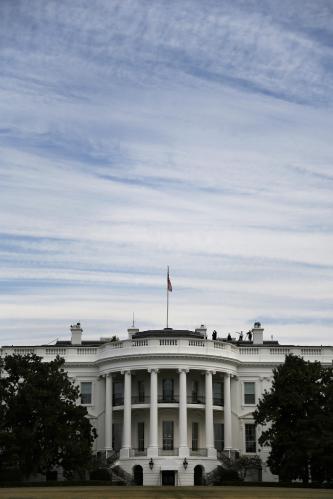
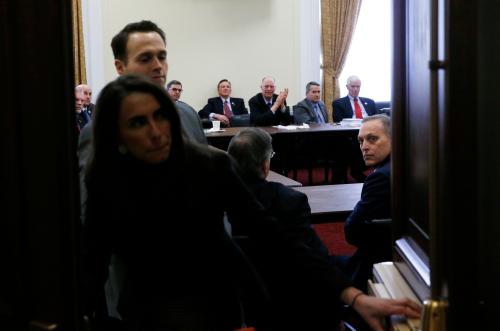
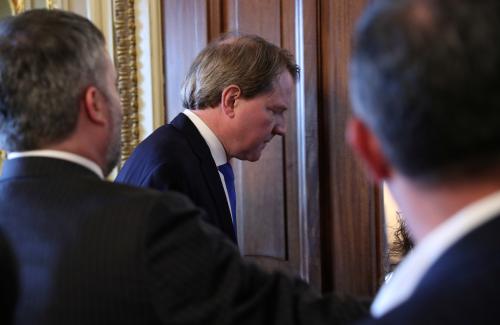
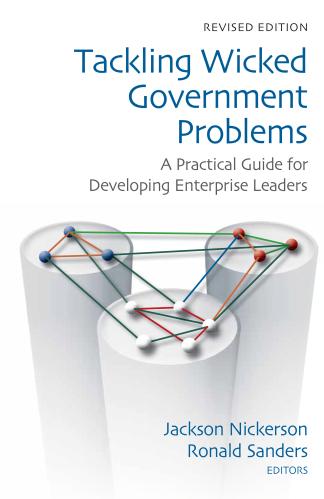
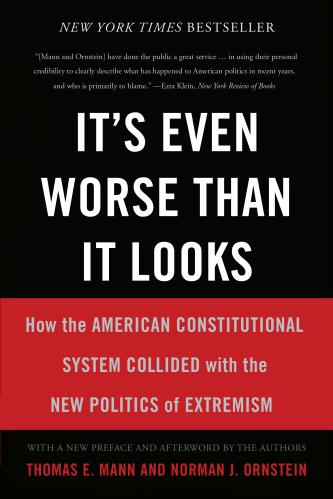
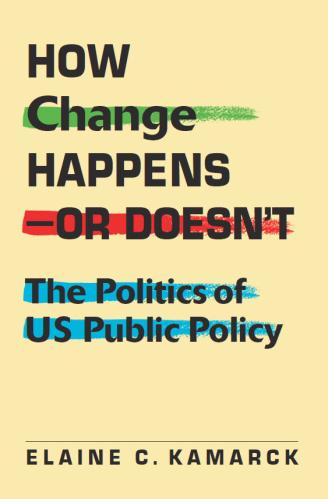



Commentary
Inexperience in the White House breeds friction across the executive branch
May 2, 2017